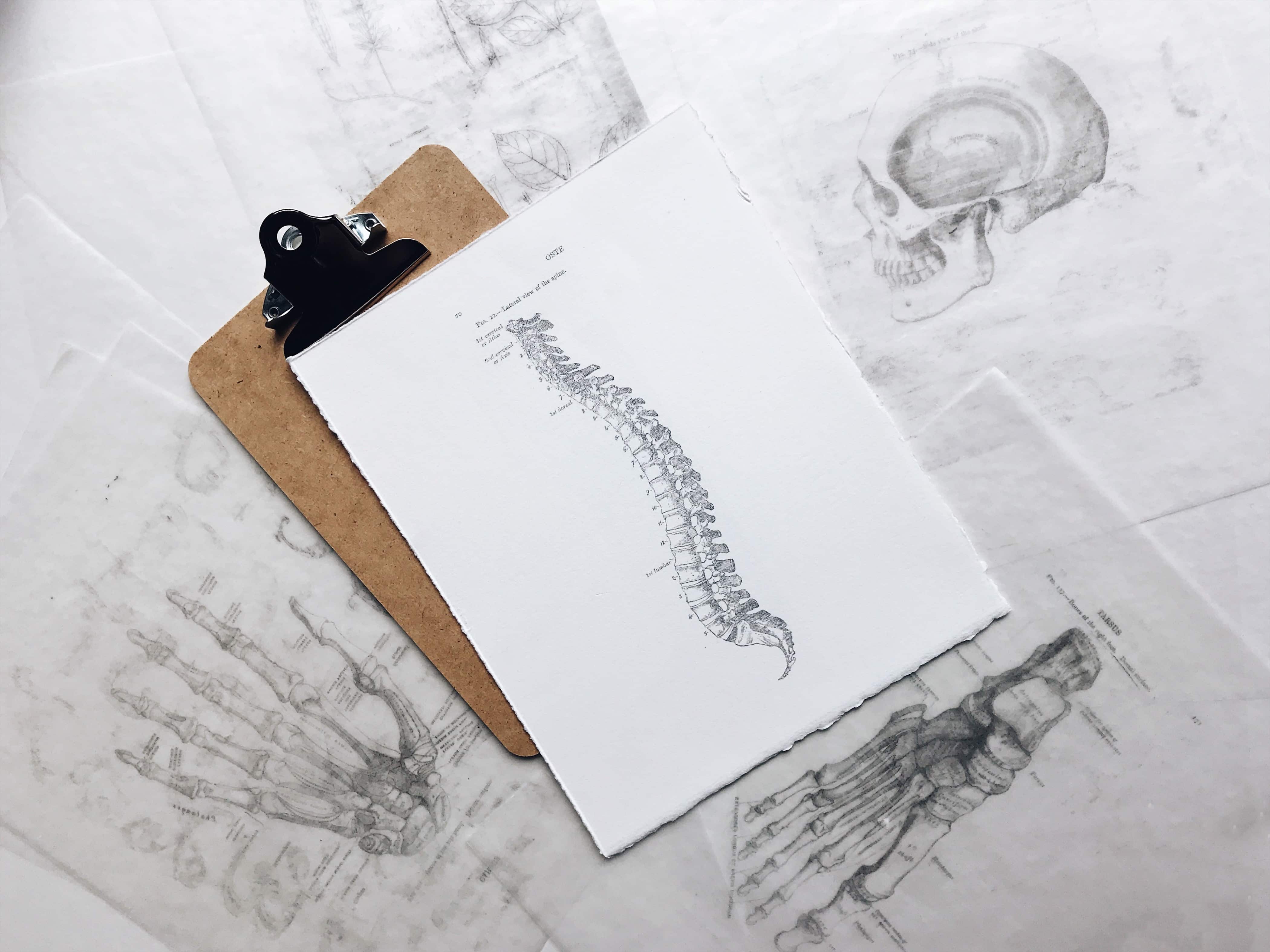
Cauda Equina Syndrome – The Forgotten Spinal Cord Injury
Cauda equina syndrome (‘CES’) is a rare condition and is estimated to affect between one to three people in every 100,000 of the population in the UK. CES is caused by compression of the nerves at the very base of the spinal cord. These nerves are known as the cauda equina or “horse’s tail” and are most commonly damaged by disc prolapses or bony changes in the spine. CES patients often present with certain ‘red flags’ such as severe low back pain, weakness in the lower limbs, saddle anaesthesia or bowel and bladder dysfunction and will require urgent surgery to release the pressure placed on the nerves. If it is not treated in a timely way CES can lead to devastating, lifelong disability for the individual including irreversible damage to bladder, bowel and sexual function as well as impacting someone’s ability to walk.
As a solicitor specialising in spinal cord injury I have a particular interest in CES cases arising from medical negligence and I have seen first-hand the devastating impact a diagnosis of CES can have. I have also noticed that my clients’ experiences of accessing rehabilitation and treatment following a diagnosis of CES differs quite substantially from one client to another and this observation was mirrored by Hannah Proctor, clinical specialist physiotherapist in spinal cord injury. After discussing this issue we both felt compelled to come together to write this blog to highlight the ongoing lack of access to rehabilitation following a CES diagnosis and the impact a failure to refer can have on patients. The following has been written by Hannah based on her 17 years’ experience as a specialist physiotherapist within the NHS.
Rehabilitation and CES
Rehabilitation plays an important role in recovering from CES, however, whilst we are seeing more patients being admitted to spinal rehabilitation units with CES, the incidence of this is relatively new.
When I started working as a physiotherapist the majority of patients admitted to the spinal rehab unit had suffered fractures in their lower back through traumatic events, such as horse-riding accidents or road traffic accidents etc. Cauda equina injuries, caused by non-traumatic means, were relatively rare.
Things slowly began to change in 2012/2013 with the introduction of the NHS England Service Specification for Spinal Cord Injury Services. This document re-designed the way patients with spinal cord injuries were referred for rehabilitation and the way they were treated and monitored in both specialist and non-specialist hospitals. These standardised ways were designed by spinal units to ensure better coordination of the processes and to improve quality of treatment. As CES falls under the spinal cord injury definition in the National Service Specification this meant that from 2012/2013 anyone diagnosed with CES was entitled, via the NHS, to rehabilitation under their local spinal cord injury unit, which includes multidisciplinary rehabilitation and lifelong follow-up and care. Despite this, a number of CES patients are still not being referred and therefore are not being given the opportunity to access the support and highly specialist rehabilitation they are entitled to and need.
Based on my experience treating CES patients, there is still a huge discrepancy within the various networks across England about who gets referred to spinal units and who is just discharged home with little or no support. Within the six major trauma centres I have worked with in the past, only two centres would regularly refer CES patients to the National Spinal Cord Injury Database. Despite ongoing communication and advice to refer CES clients from the spinal units, there are still huge numbers who are not being referred onto appropriate services for ongoing support and therapy.
CES patients who have had surgery are often quickly discharged home, sometimes within just a couple of days. This is because the types of beds they tend to be admitted on are fast turnaround surgical beds. Even when patients are referred to spinal units, this is often done on the day of discharge, so no time is allowed for spinal unit’s outreach teams to perform face to face assessments and provide initial support before they go home. This then results in telephone consultations having to take place and assessments in the outpatient setting of the spinal units, resulting in a delay in any rehabilitation admissions.
Some of the spinal units in England have started to have designated beds allocated to CES patients to enable them to be placed on a specific ward with staff who have CES expertise and experience to ensure they receive the maximum support and specialist rehabilitation during their stay.
A designated outpatient service has also been set up in some of the units, which are multidisciplinary, to ensure that thorough assessments are completed and that appropriate treatment plans can be put in place, tailored for each individual. These teams will often be made up with a spinal consultant, bladder nurse specialist, bowel nurse specialists and sexuality nurse specialist. These teams also include physiotherapists, who will review mobility and pain needs, and occupational therapists who will look at activities of daily living, equipment etc. Also, by the use of specialised assessment tools, developed as part of the multidisciplinary team clinic, the psychological impact of CES can also be reviewed and specialist support by a clinical psychologist can also be put in place, if needed.
Once this assessment is completed the patient can then be admitted, for a full multidisciplinary rehab program tailored for their clinical needs, or they can be managed as an outpatient, receiving expert advice and guidance on how to manage their bladder and bowels and have suitable referrals for equipment carried out by local community teams for ongoing support.
However, as detailed above, despite the protocols being in place for referrals there are, sadly, those who do slip through the net and are just discharged home with minimal support or equipment. Unfortunately, stories of patients who have been discharged home straight from hospital forced to sleep in an arm chair downstairs as they are unable to climb their stairs, and having to strip wash in their downstairs cloakroom as they can’t access their bathroom are not uncommon. They can’t leave the house as there are steps to get in and out of the front door or are just in too much pain to mobilise and can only walk a few steps holding onto their furniture as no one has reviewed their walking and they are on inadequate pain relief. Added on top of all this, many are having to go to the toilet every hour or so, for their bladder and bowel issues, and are understandably worried that they may be incontinent when outdoors or whilst in company of others.
This is the common problem: the post-operative care, or lack of it, for many in their local communities. Although they will be followed up by their surgical consultant, this will often be weeks or months after their surgery. But what about the first few days and weeks when they get home and their need for lifelong support? Many will say their GPs have little or no experience of managing a patient with CES. Those that do get referred to community therapy services will frequently be told that the physiotherapist has never heard of CES and may be discharged quickly from their books. On many occasions they will not have been given any advice on bladder and bowel management and are having to deal with frequent incontinence issues.
These patients often feel abandoned, having been discharged home with little to no support. For those more fortunate ones who have been referred, it is often a long road of rehabilitation in order for them to try and regain their independence in all aspects of their lives, coming to terms with long term disability and the impact this can have on everyday life.
Having witnessed the difference in outcome for those who have been referred for specialist rehabilitation compared with those who have not, I strongly believe that every individual with CES deserves and needs the support and treatment from an established, experienced clinical team, of multi-professionals, for the best clinical and personal outcomes to be achieved.
From my own experience as a solicitor dealing with CES claims I have also heard of similar experiences from my clients following discharge.
Sadly, very few of my clients have been referred for specialist rehabilitation at a spinal unit as either an inpatient or an outpatient. One particular client not only had the CES red flags ignored by the treating GP who failed to refer to hospital for urgent investigations but also subsequently failed to appreciate her disability and the need for specialist input, leaving my client without any specialist rehabilitation. Unfortunately, many of my clients find themselves in this very difficult situation, as described by Hannah, where there is no holistic approach to their ongoing difficulties. Whilst some of them may get referred to local services for specific things only such as pain management or physiotherapy, they usually get discharged very quickly as there is little that can be done for them by these non-specialist services. This, understandably, only adds to their frustration and leaves them feeling isolated and forgotten. It is therefore very important for me to ensure that these medical and therapeutic needs are included as part of my clients’ medical negligence claims and costed on a private paying basis especially where appropriate and specialist NHS provision is unlikely to be available.
CES is a recognised spinal cord injury and as such those diagnosed with the condition must receive the same level of rehabilitation as other people with a spinal cord injury to give them the best possible quality of life. CES sufferers must not be forgotten.
Hannah Proctor is a clinical specialist physiotherapist in spinal cord injury.











